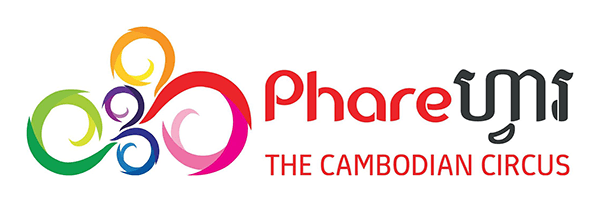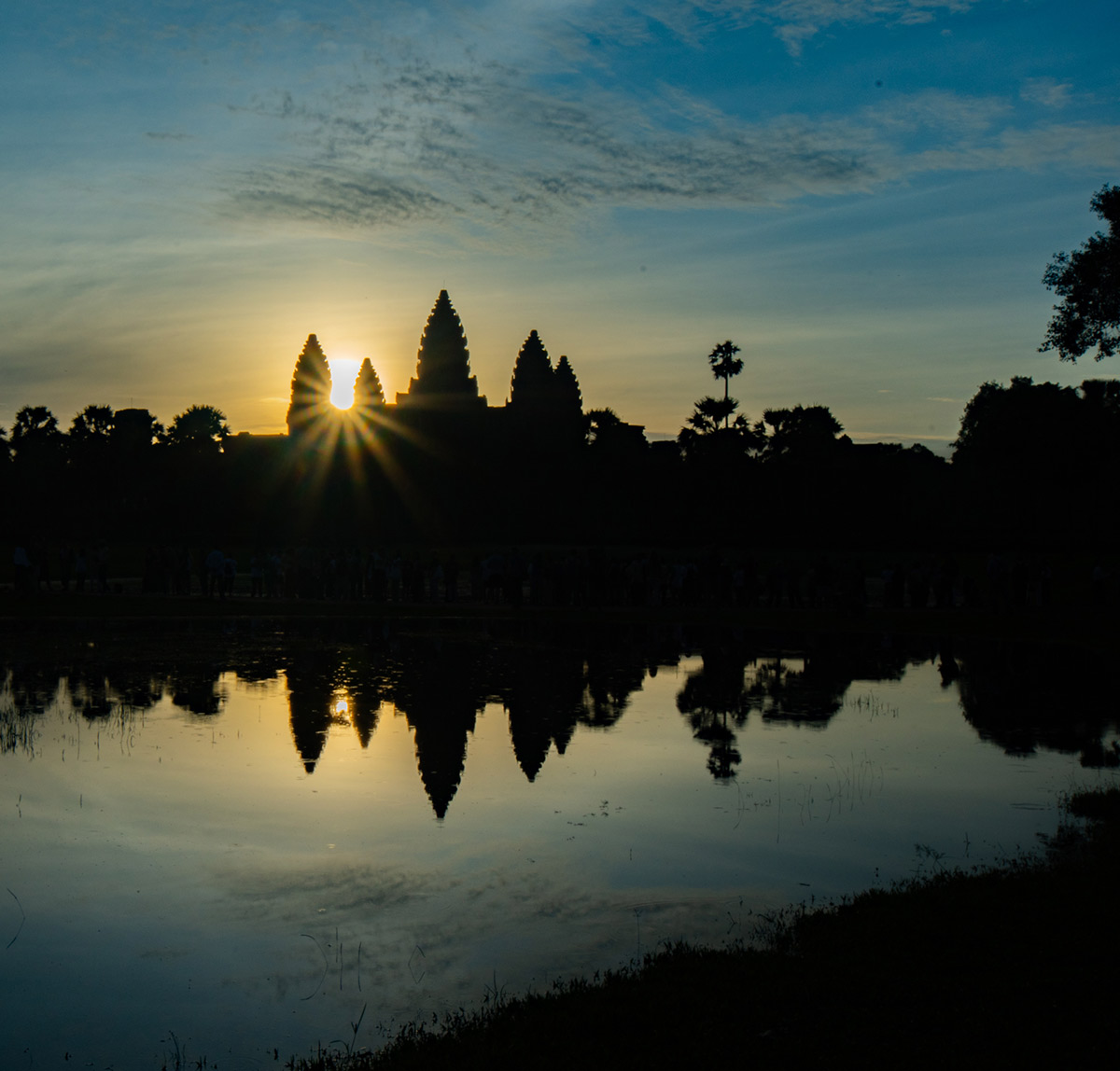“Sus’Dei Chnam Thmei” is a 3-day festival starting around the 13th or 14th of April (depending on leap years) to celebrate the New Year. Everyone is out on the streets wishing each other and their families success, peace and happiness. Much earlier, during Angkor times, the New Year was celebrated 4 months earlier on the 1st day of the first lunar month. This was abandoned after Angkor, as a solar calendar was adopted and gained popularity.
The main reason for the change was the end of the dry season, when the peasants finished their work in the fields and the harvest had been put away safely before the start of the rainy season, and people had more time to celebrate. Therefore, one of the kings decided to change the New Year festival to the month of April and to follow a solar calendar.
The first day of the Khmer New Year is called Moha Songkran.
On that day, a new god or angel is appointed to protect the world for the year ahead. To welcome him, people clean and decorate their houses and themselves, to make sure that the New Year does not start with bad luck or unhappiness. Each home “competes” to welcome the new god or angel individually by offering a table full of fruits, a cake with candles, incense sticks decorated with flowers, and flashing light chains to ensure that the house and the family are protected for the rest of the year.
The time around New Year is the only time when young Cambodians are allowed to meet and engage in “mixed” plays. It is also the opportunity for young men to look for potential brides. That’s the tradition!
The second day of the New Year is called Wanabat.
This means “Day of Giving”. Traditionally, on this day one gives gifts to parents, grand-parents, and elderly people. Children receive new clothes, and poor people are given money or clothes. In the evening, the monks in the pagodas are asked to give a blessing.
The third day of the New Year is called Tanai Lieang Saka and means “new beginning”.
After seeking the blessings of the monks in the morning, a joyful farewell celebration is held in the afternoon. In the streets and in public places, people pour water on each other. Children and young people throw baby powder and flour at each other. People that usually work far away from their families in other provinces make it a point to return to their families to celebrate the New Year together.
Cities, specially the capital Phnom Penh, are very quiet during that time, as most people that live and work in Phnom Penh are not born there. They come from other provinces, such as Siem Reap, Battambang, Kampong Cham, Kompong Thom, Svay Rieng, and others of the 24 provinces that make up the country.
At the beginning of the festival, people usually cook food and bring it to the monks in the pagodas. The pagodas are also a good place for Cambodians to meet other people who are also born in their region or who went to school together, but now live and work in other places. The pagoda thus becomes a place of reunion, meeting old friends and exchanging news about their lives. During the festival, many traditional plays are played, such as throwing of “Ongkunhs”, rope pulling contests, and others. After the festival, people return to their places of work and wait for the next festival, Pchum Ben Tag. That will be the next time when the whole family and friends get together again.
Photo credit: Mardy Suong

Affiliate*

Phare, the Cambodian Circus
A highlight in Siem Reap! Buy tickets online directly on the Circus Phare website*.
Links and references with a * are an affiliate link (advertising link). If you like Visit Angkor and buy, book or subscribe to something via an affiliate link, the provider will make a small commission for Visit Angkor. Of course, there are no additional costs for you.
Join our Facebook group
International travel group with friendly people who love Cambodia. We speak English, German and a little Khmer.
By the way: We write here at Visit Angkor with a lot of passion and love. Nevertheless, it can happen that information is no longer up to date or perhaps even incorrect. We would be happy to hear from you so that we can update the information accordingly. Thank you very much!



Khmer new year is good day of Cambodia kingdom of wonder
You are incorrect on one aspect. Splashing water has never been a part of Cambodian tradition during New Year. Playing traditional games are. Splashing water has been adapted from Thailand and it has never been a part of us.
Hi Chhan, thank you for your comment – yes, this maybe, but Khmer do splashing water during the Khmer New Year festival. However, thank you very much vor reading and I wish you very nice Khmer Celebration and a Happy Cambodian New Year :-)
Hi i am wondering how long do we leave the offering for the Angel on first day? After the Angel come down, when do we take the offering out? Can we eat them? Give flowers away? Thank you the article was very helpful and interesting.
Hey Vannay, thank you for your comment. Cambodian will keep all the offering during the three days of Khmer New Year. After these, then for sure they can eat and bring offering back. Wish you a Happy New Year :-)